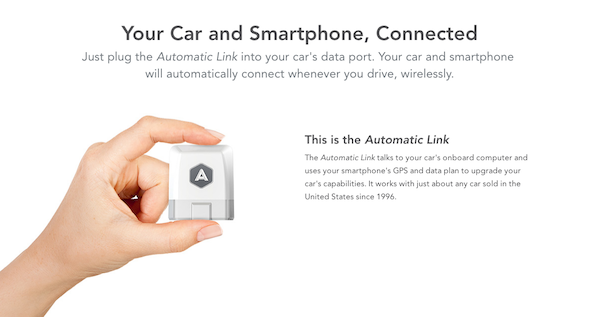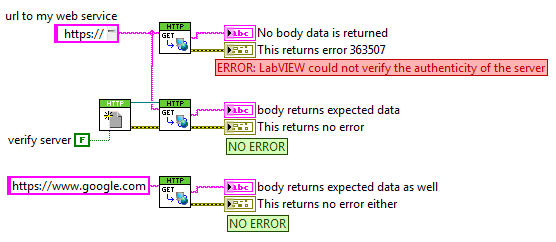-
Posts
364 -
Joined
-
Last visited
-
Days Won
40
Content Type
Profiles
Forums
Downloads
Gallery
Everything posted by JackDunaway
-
#CLASummit presentation code for download - Deployment Automation and Release Engineering for #LabVIEW : http://t.co/WqmsOQ77jk
-
Stoked about the #LabVIEW #CLASummit next wk - looking forward hanging out Sunday nite, dinner thanks to @GSystemsLP http://t.co/WXntirXrF1
-
Love this tool for modeling interactions and workflows: http://t.co/2t7RaFiBQi - even has hosted js lib, to save your diagram syntax as HTML
-
What it feels like when complex regexp works exactly as expected: http://t.co/6Jj4sMQhAi via @devopsreactions






